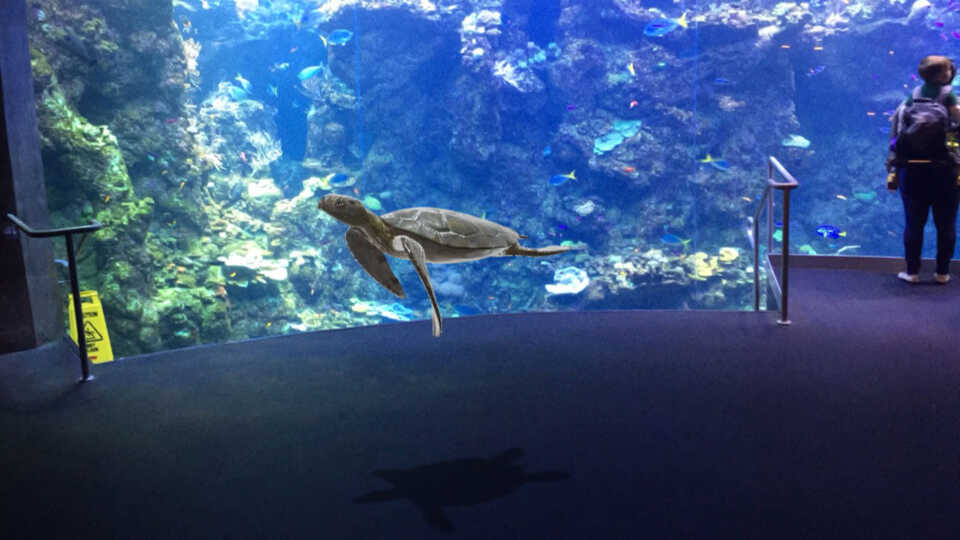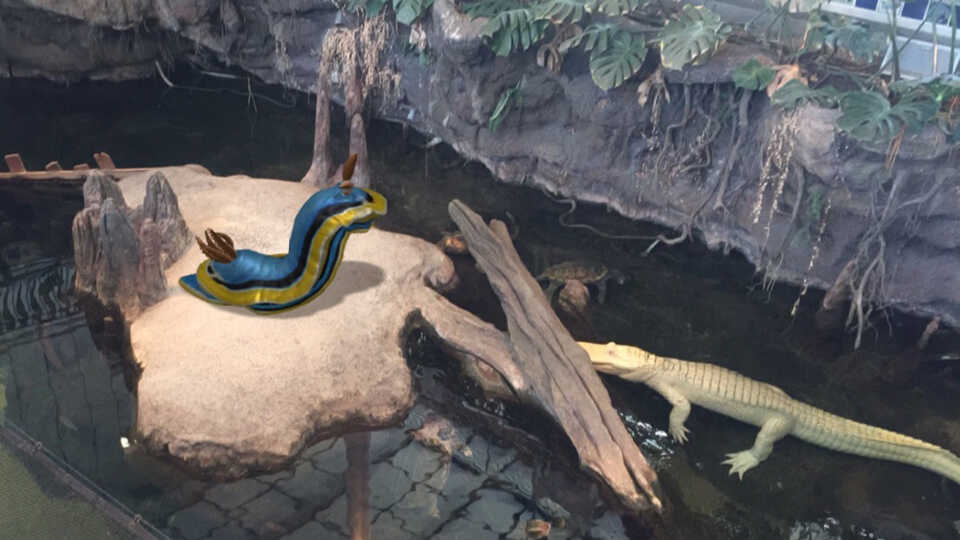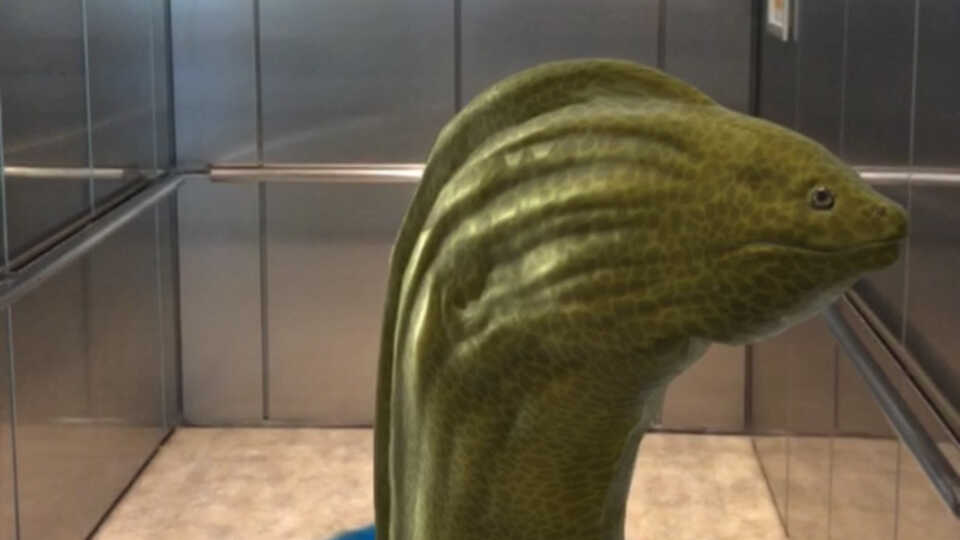Transform your world into a coral reef with our new Snapchat AR Lenses!
The Academy’s in-house VizStudio—the team behind Morrison Planetarium’s original productions—is proud to unveil five new augmented reality Snapchat lenses, each highlighting a scene from our newest planetarium show, Expedition Reef.
Get started creating your own AR experience by clicking on the Snapcode links below!
Each lens unlocks for a 24-hour period and can be unlocked an unlimited number of times.
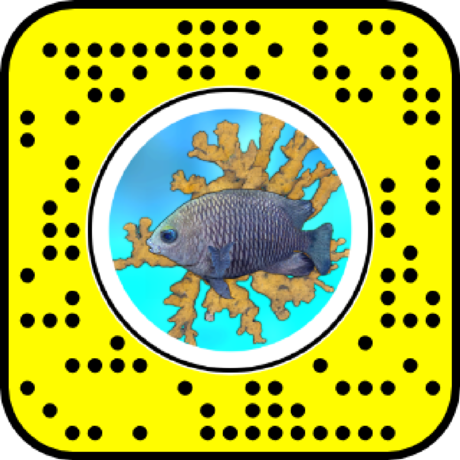
Elkhorn Coral
Watch a pair of resident Dusky damselfish (Stegastes adustus) swim around an elkhorn coral (Acropora palmata), a key reef-building coral in the Caribbean, while trumpetfish (Aulostomus maculatus) ambush small fish among its branches.
The elkhorn coral model was created using photogrammetry from photos taken in Curaçao by Vanessa Cara-Kerr. These critically endangered corals are a focus of restoration efforts by SECORE International and our Hope For Reefs initiative.
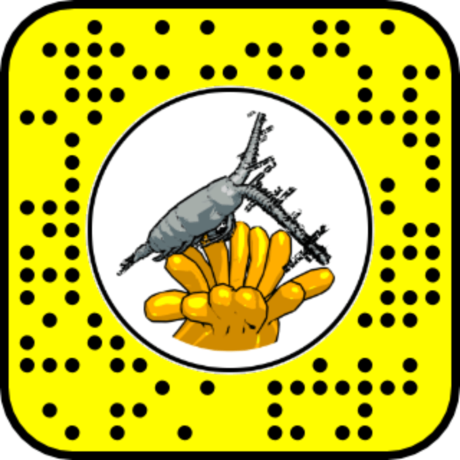
Polyp & Copepods
Meet a group of copepods (class Hexanauplia, subclass Copepoda)! They’re the tiny crustaceans—just 1–2 mm in length—swimming in and around the waving tentacles of a coral polyp (class Anthozoa). But don’t get too attached. These polyps feed on the copepods, using microscopic hooks released from their tentacles to draw the unsuspecting crustaceans into their mouths.
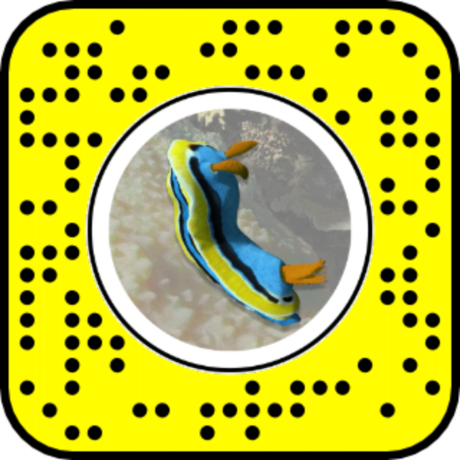
Nudibranch
This charismatic Anna's Chromodoris (Chromodoris annae) has a voracious appetite for being just 2-5 cm long, dining exclusively on sponges. It makes its home in the “Coral Triangle,” an area of the western Pacific which includes the reef-rich Philippines, Indonesia, and Malaysia. This nudibranch's bright colors tell predators to stay away unless they want a toxic treat.
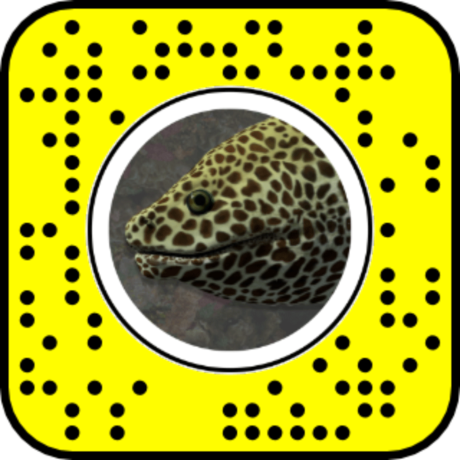
Laced Moray Eel
Open wide! A laced moray eel (Gymnothorax favagineus) receives a “dental cleaning” from bluestreak cleaner wrasses (Labroides dimidiatus). These fish eat parasites that would otherwise make the eel sick. Providing dinner for some, and a clean bill of health for the other, it’s a win-win mutualistic relationship for all species involved.
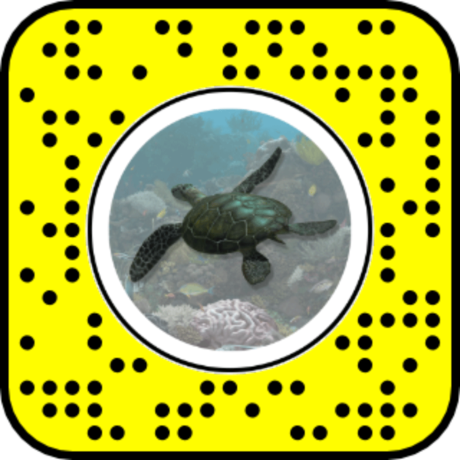
Green Sea Turtle
Discover a majestic green sea turtle (Chelonia mydas) swimming circles around you. These large turtles are found in tropical and subtropical waters around the world, including the Philippines, where the Turtle Islands are one of the species’ major nesting sites. They feed on sea grasses and algae, which also act as nurseries for reef fish and invertebrates.
Dive in to Expedition Reef, the Academy's newest original, all-digital planetarium show.
